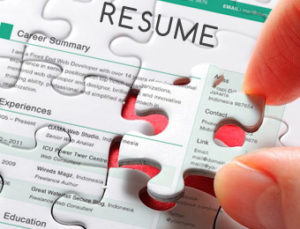
A functional resume spotlights the applicant’s strengths and areas that they perfectly excel at. Moreover, functional resumes highlight the applicant’s prior work experiences and focus less on titles and employers. The main goal of a functional resume is to present an applicant in the most direct and professional light that detours away from the glitz and glamour of high-paying job titles and company identity.
Applicants find it taxing to draft a functional resume due to its straightforward approach. Applicants immediately conclude that projecting their job titles on the application will help them impress employers.
Here is a sample sub-heading of a functional resume that a majority of applicants find boring:
Teaching/Administrative Functions
- Enforced in-campus programs for communication students
- Implemented study modules for freshmen and sophomore students
- Monitored academic performance of under-performing senior students
- Approved departmental events and activities
- Supervised faculty training
- Organized annual forums for strong teacher-student relationships
- Interviewed students applying for on-the-job training programs
Applicants who have had a combination of professional experiences that are relatively unrelated to the position being applied for are best suited to use a functional resume for their application.
Here are efficient ways to write a functional resume. This is recommended for applicants with a fruit basket of work experience and want to shift careers in the future.
- Use action verbs rather than self-descriptive words. Action verbs such as evaluated, launched, suggested, and translated are more specific than passive, self-descriptive words such as aggressive, competitive, competent, analytical, and talented.
- The functional resume should not exceed three pages. Applicants should directly focus their attention on strengths and nothing more.
- The most common elements found on a functional resume are the applicant’s header, education, work experience, and references. The functional resume is not as different as traditional and conventional resume.
Use sub-headings to spotlight strengths. For example, use the sub-heading Organizational in enumerating skills that have correlation with the organizational aspect of the companies that you had worked for.
Related Article: How to Make a Resume the Way Professional Writers Do




